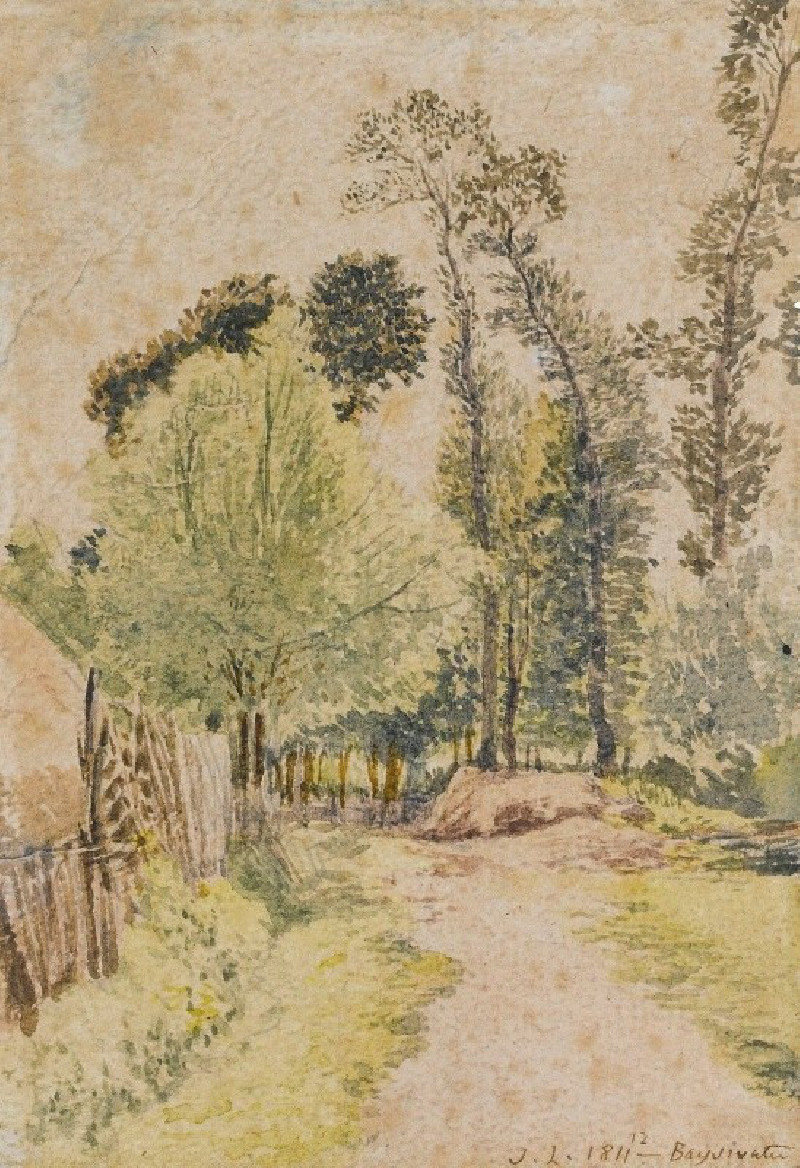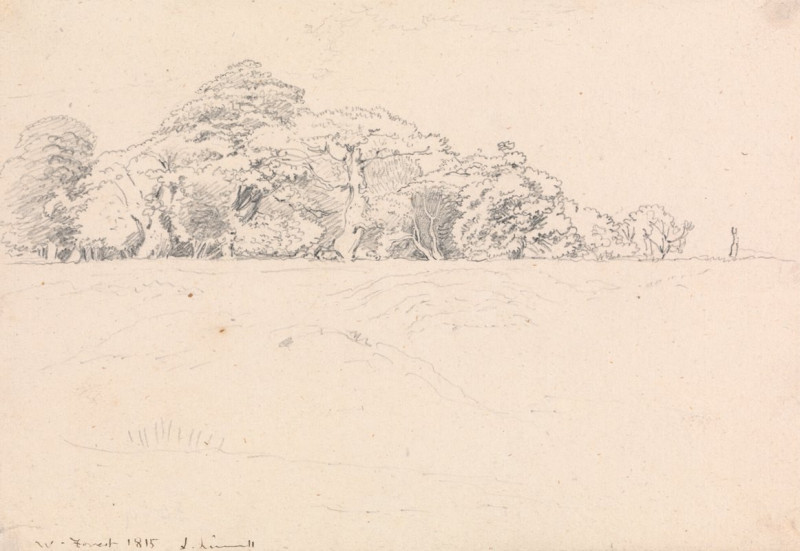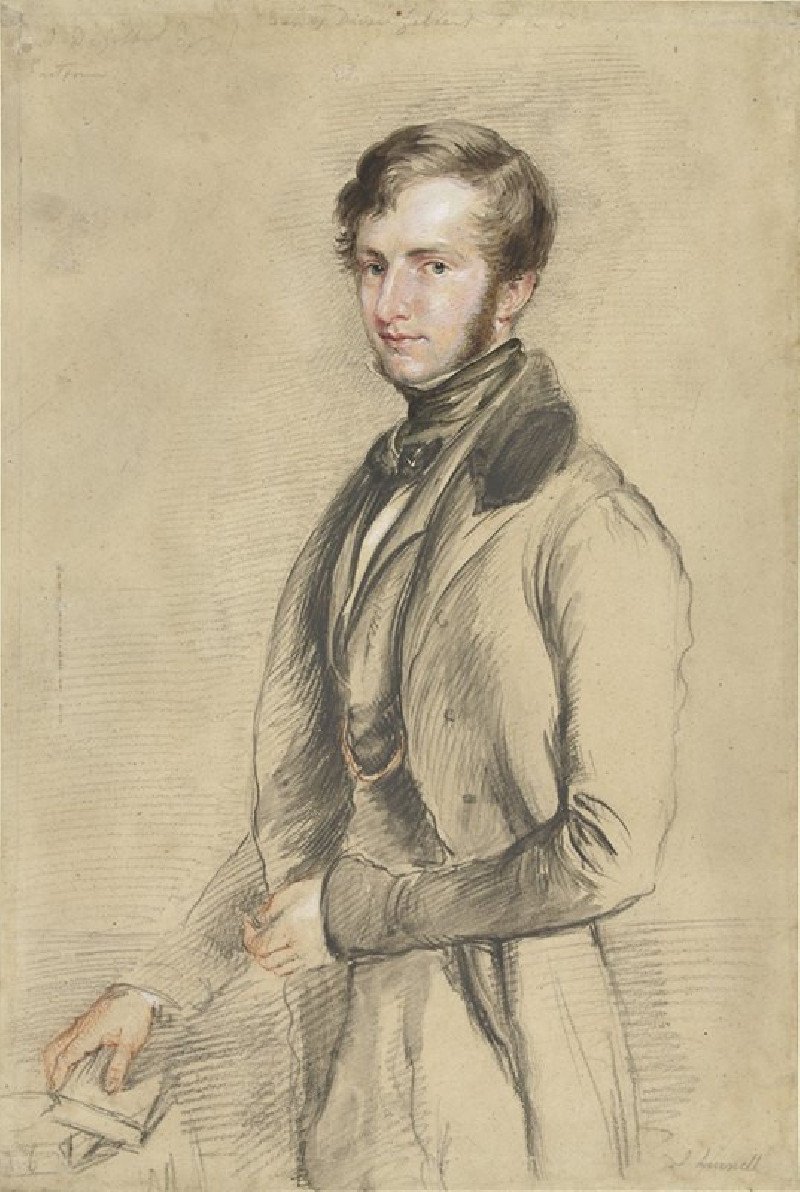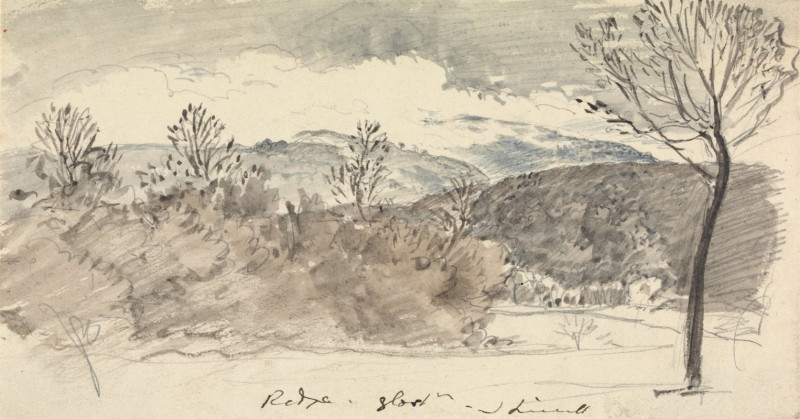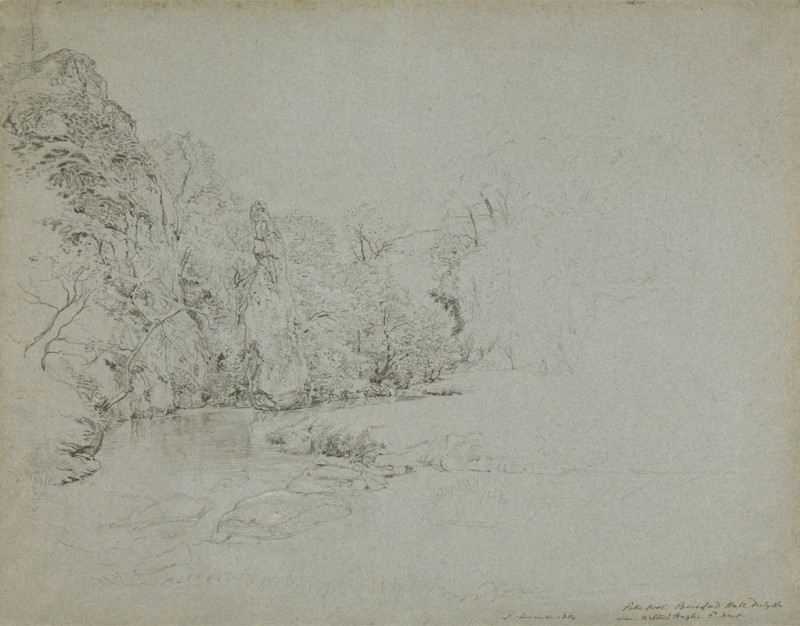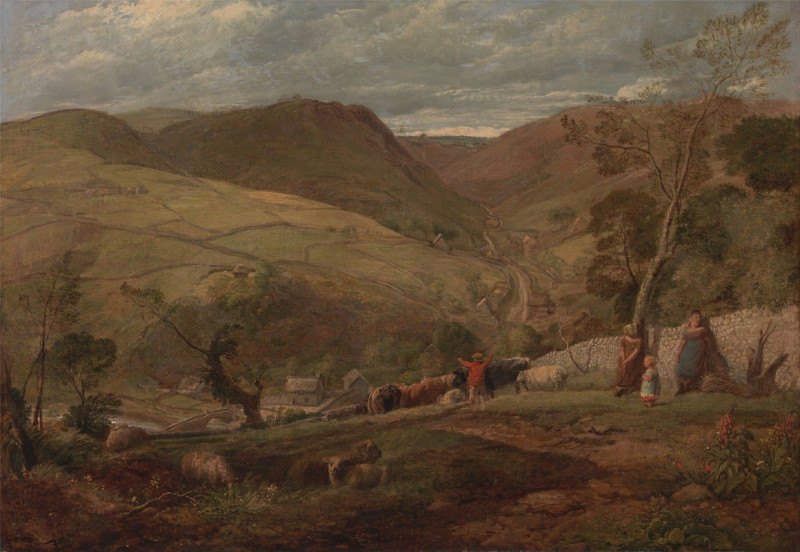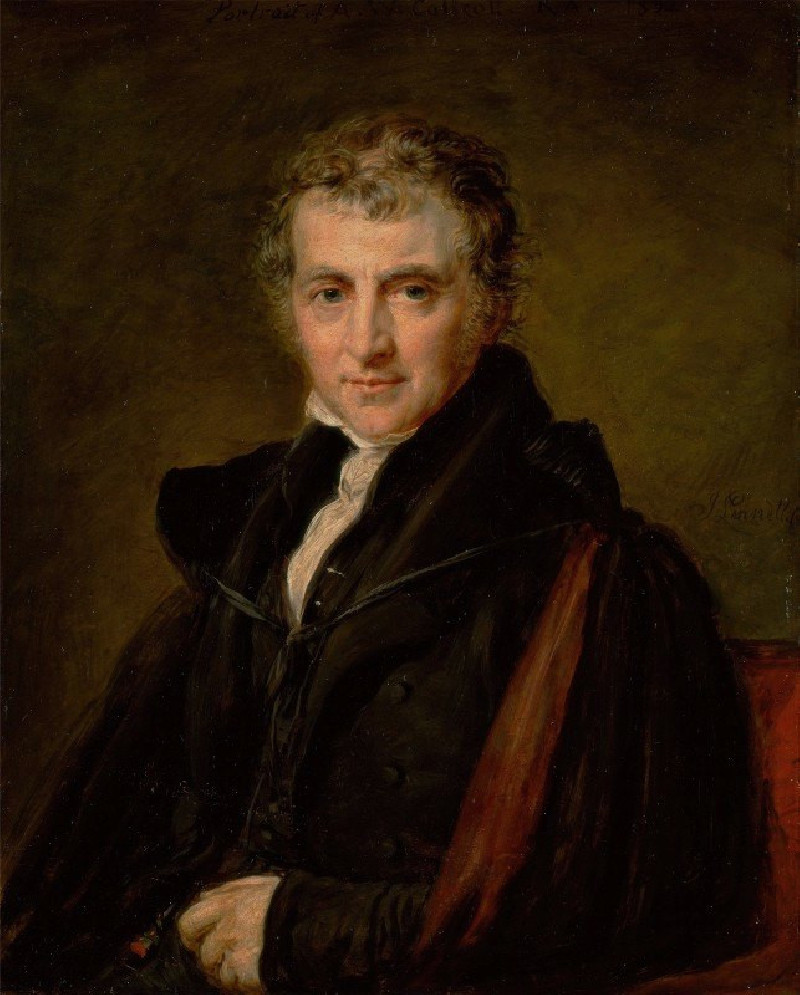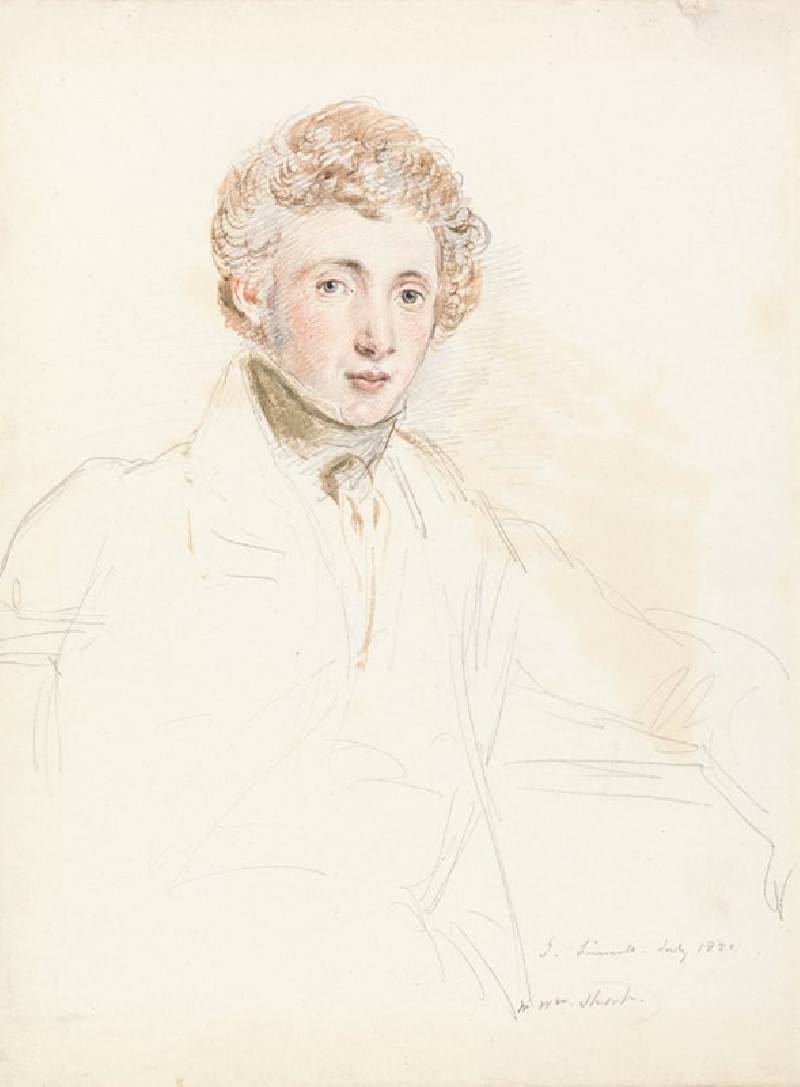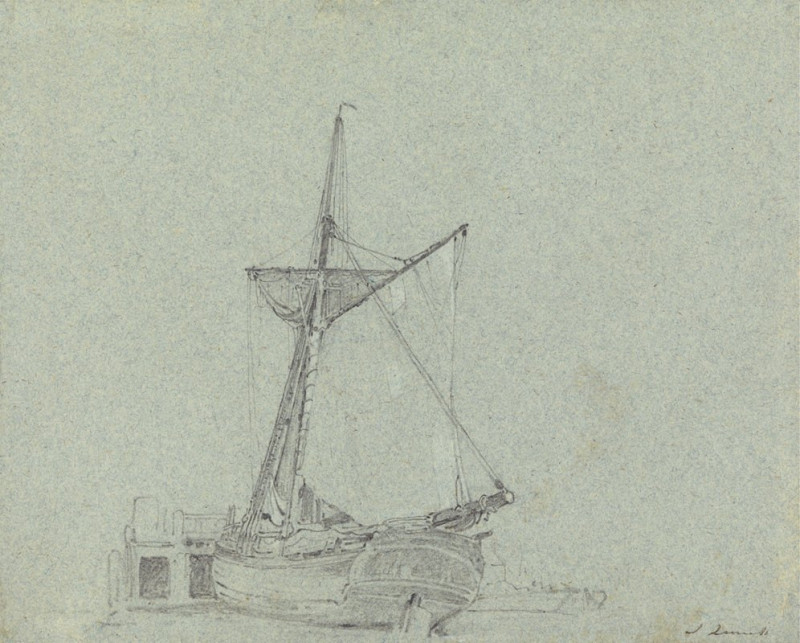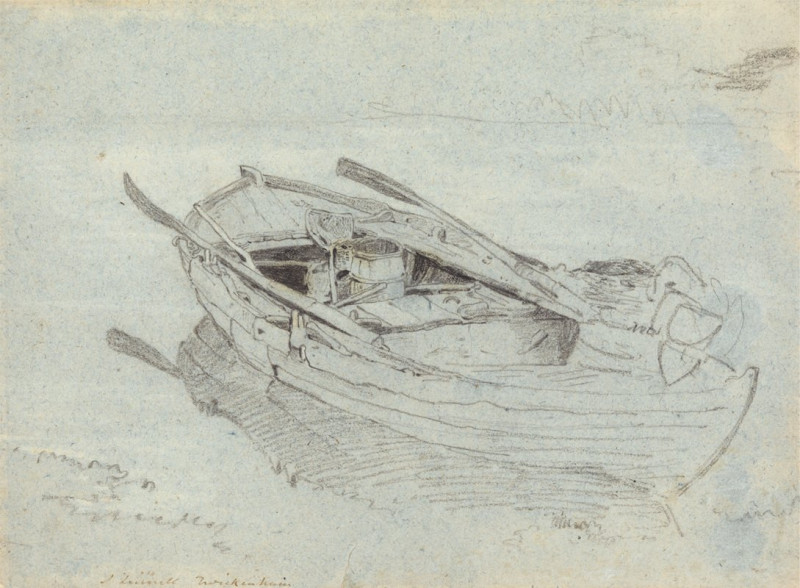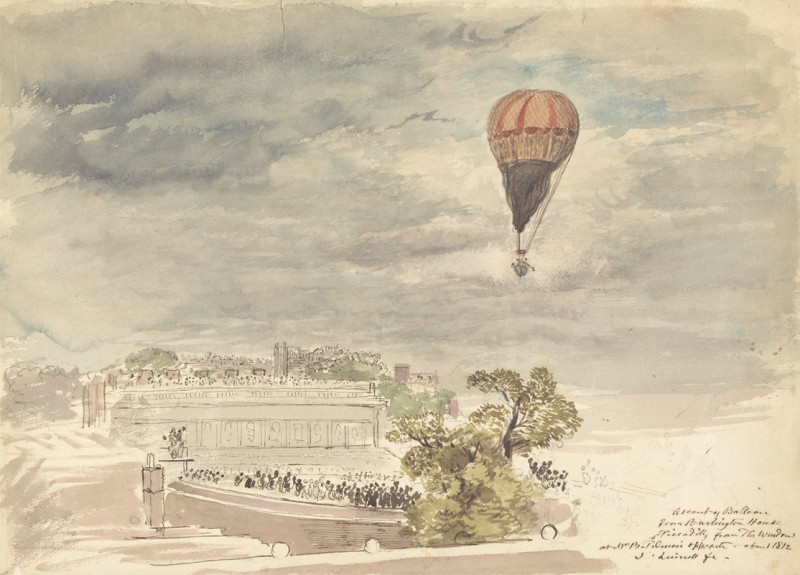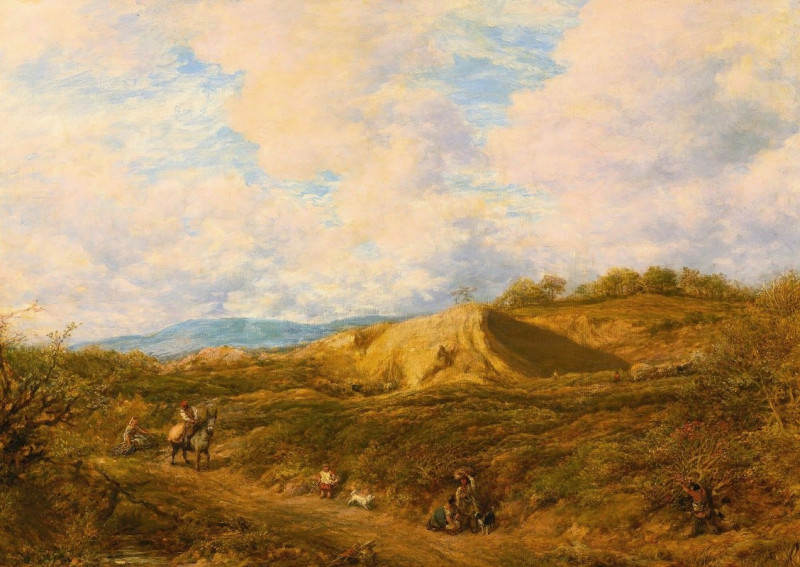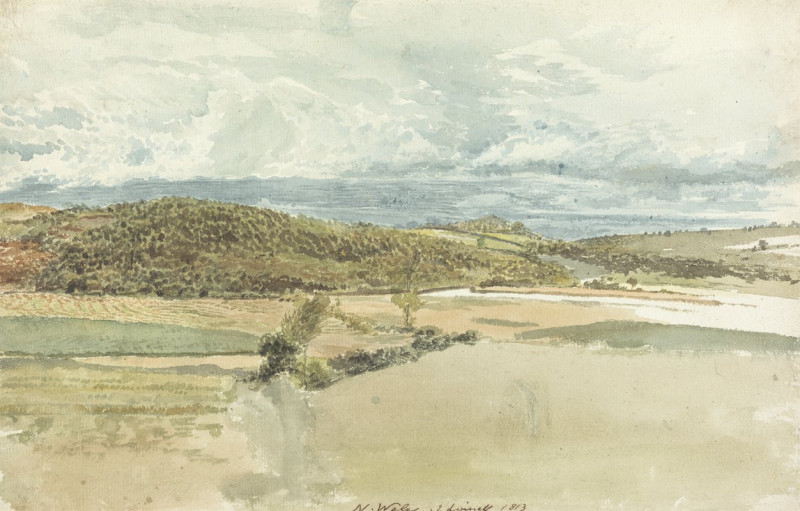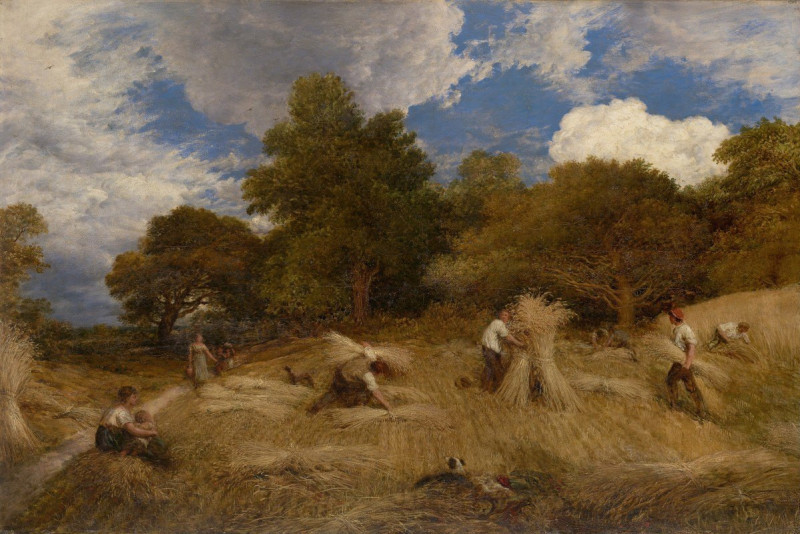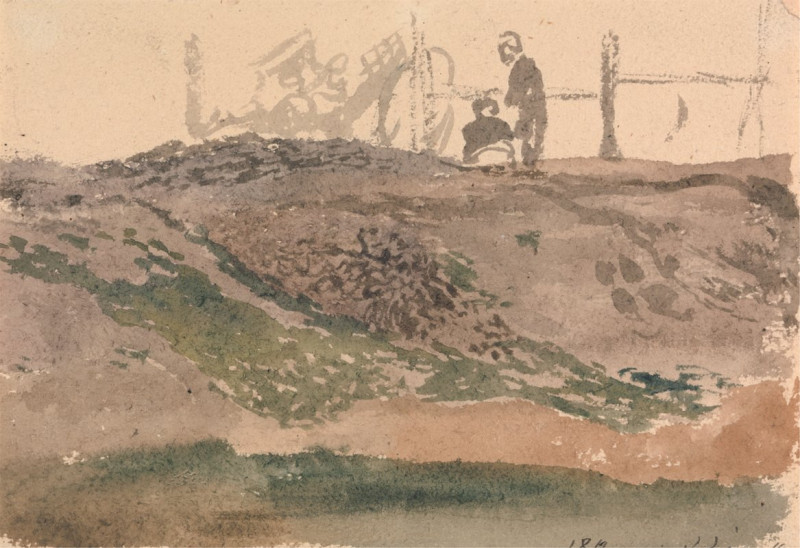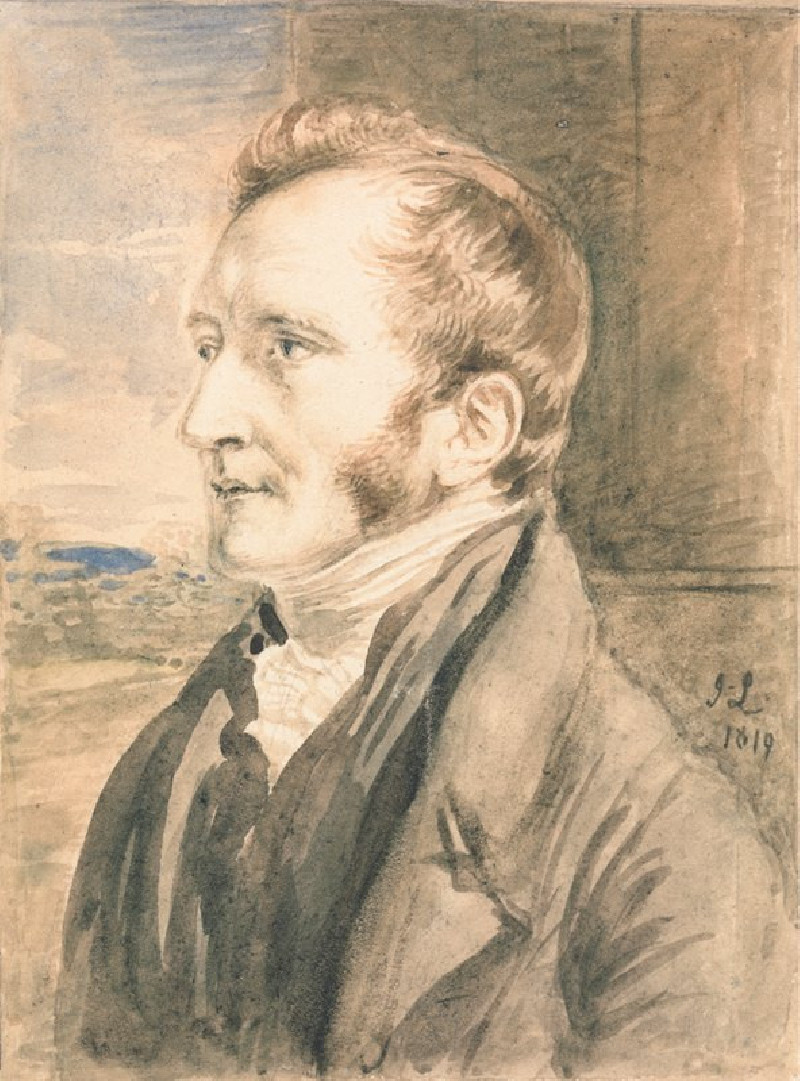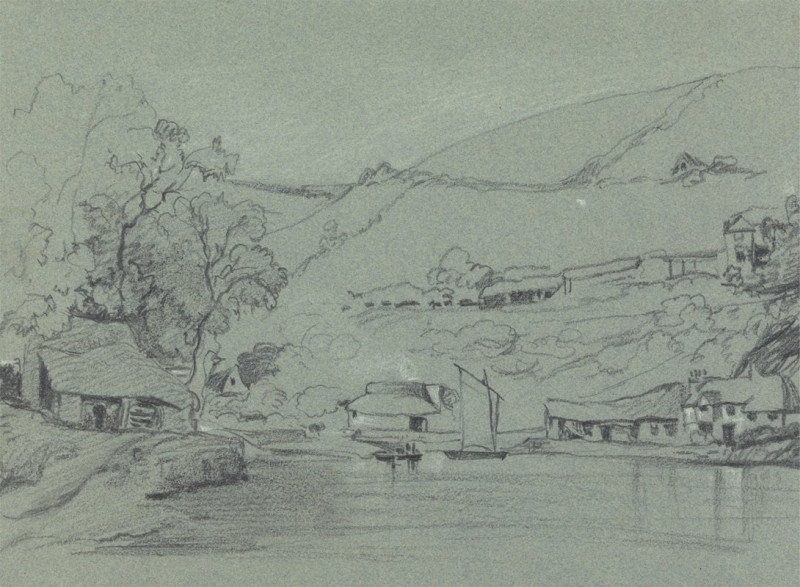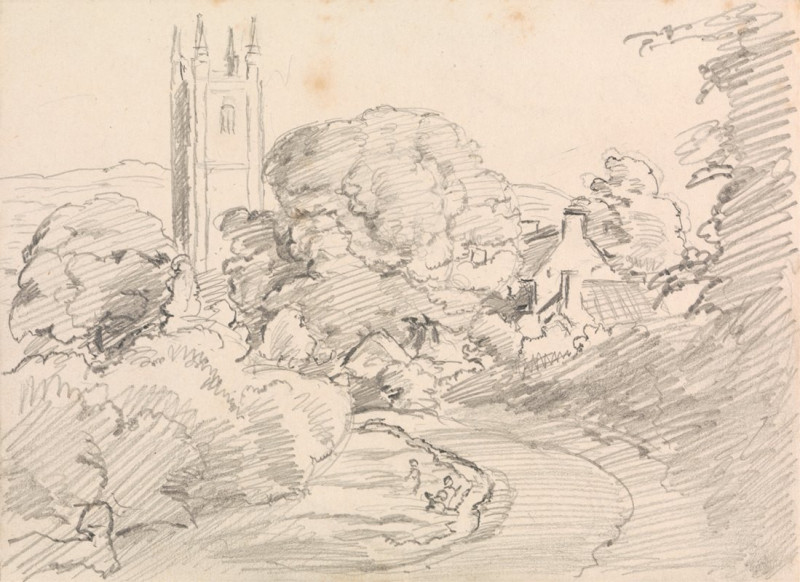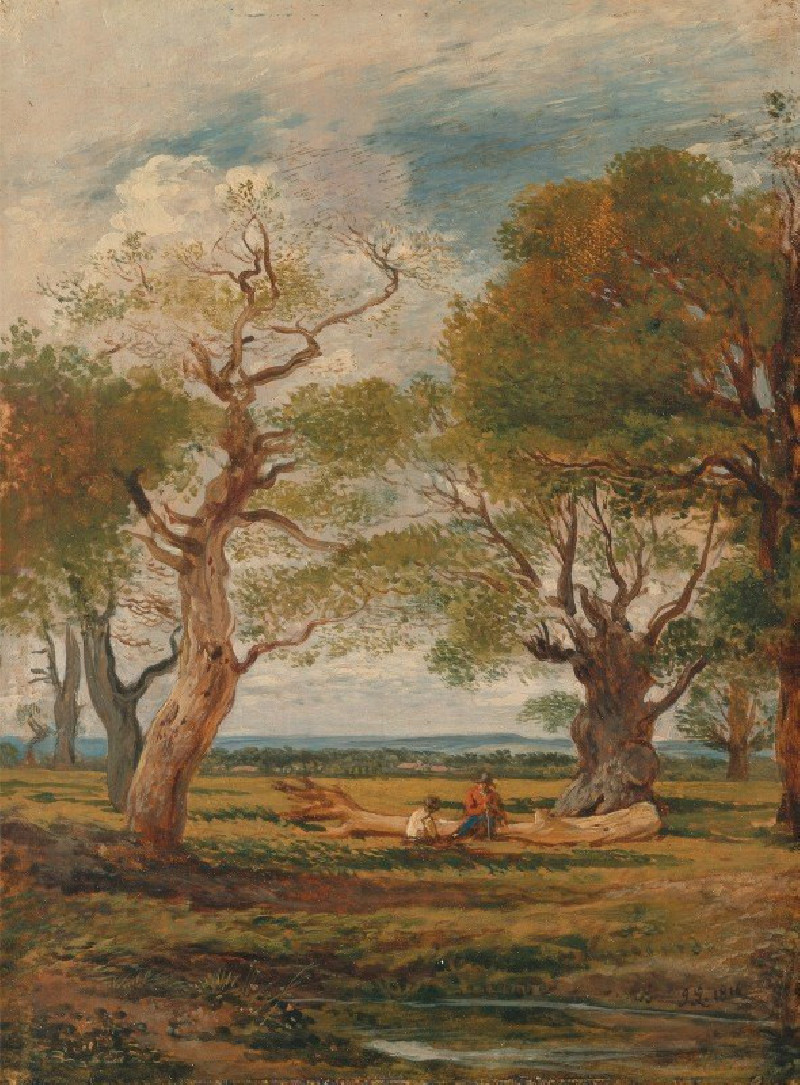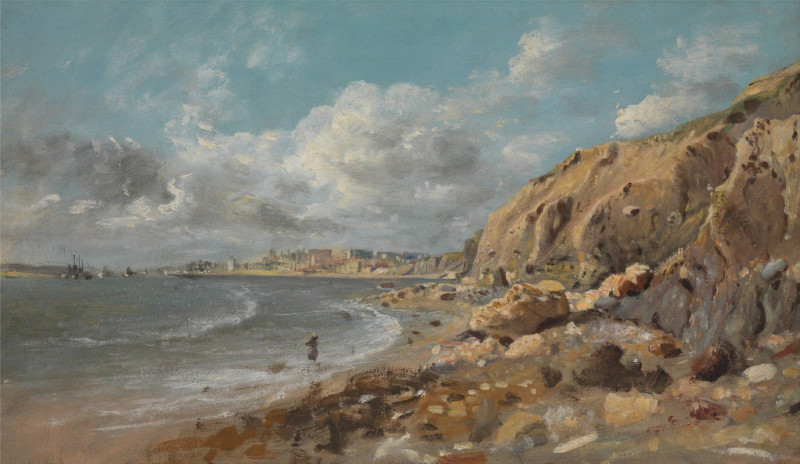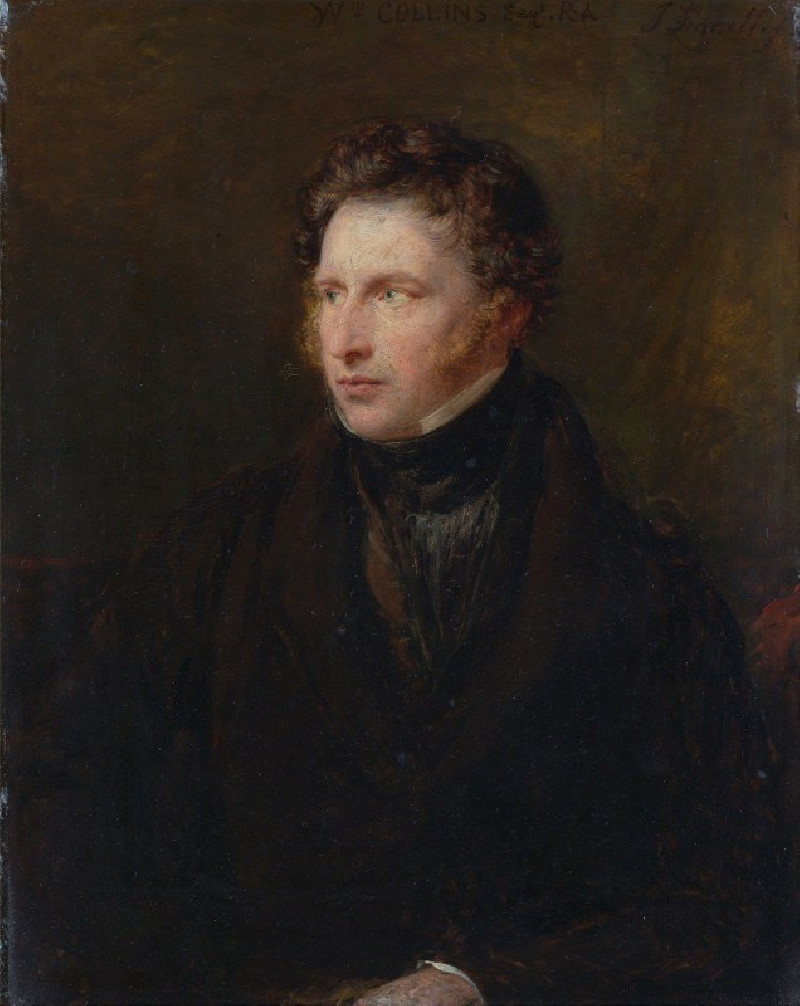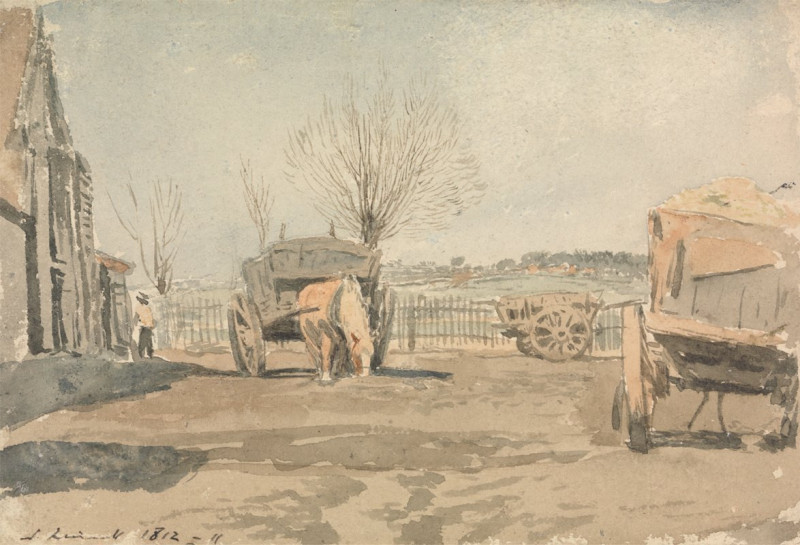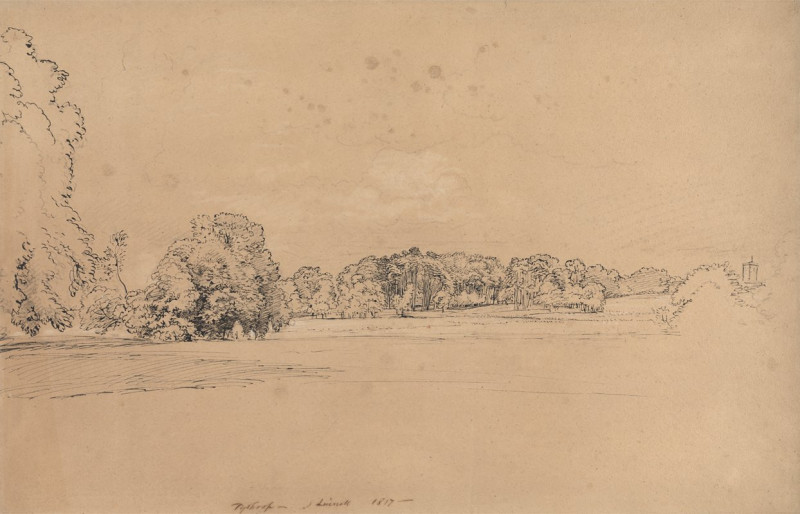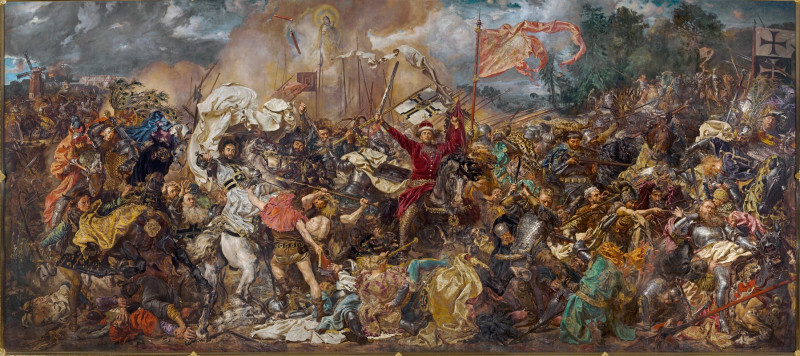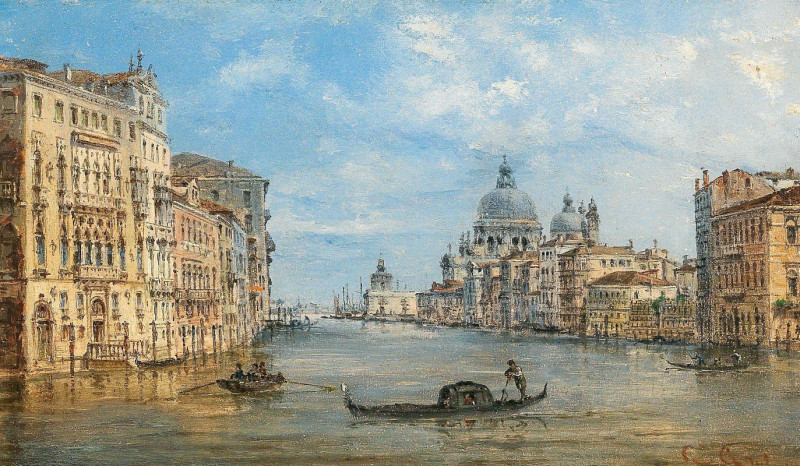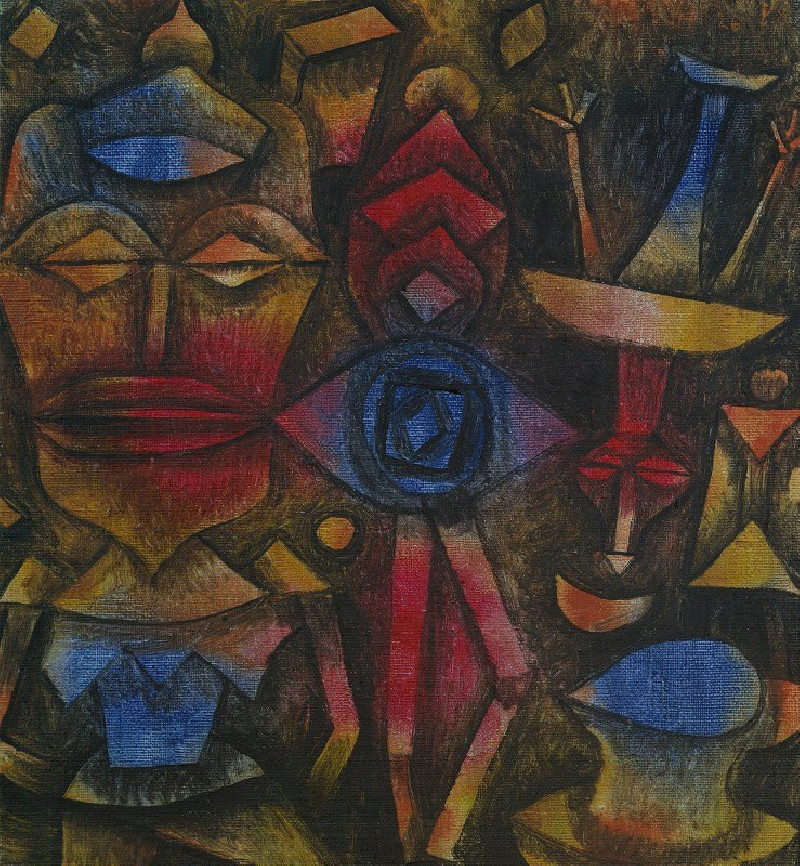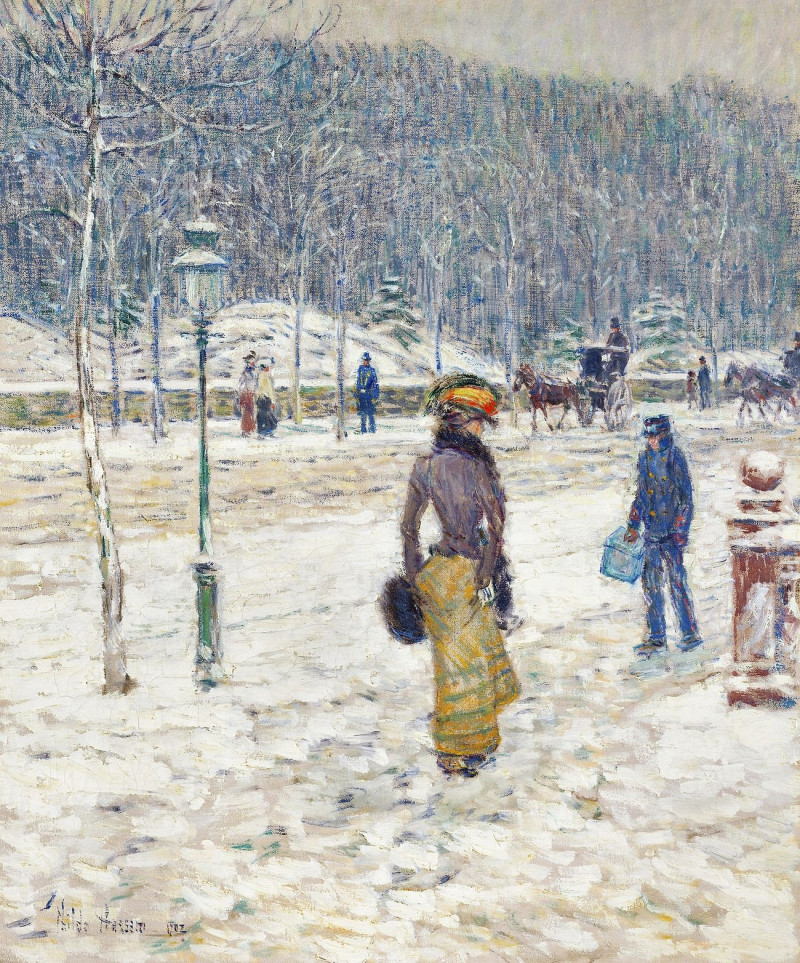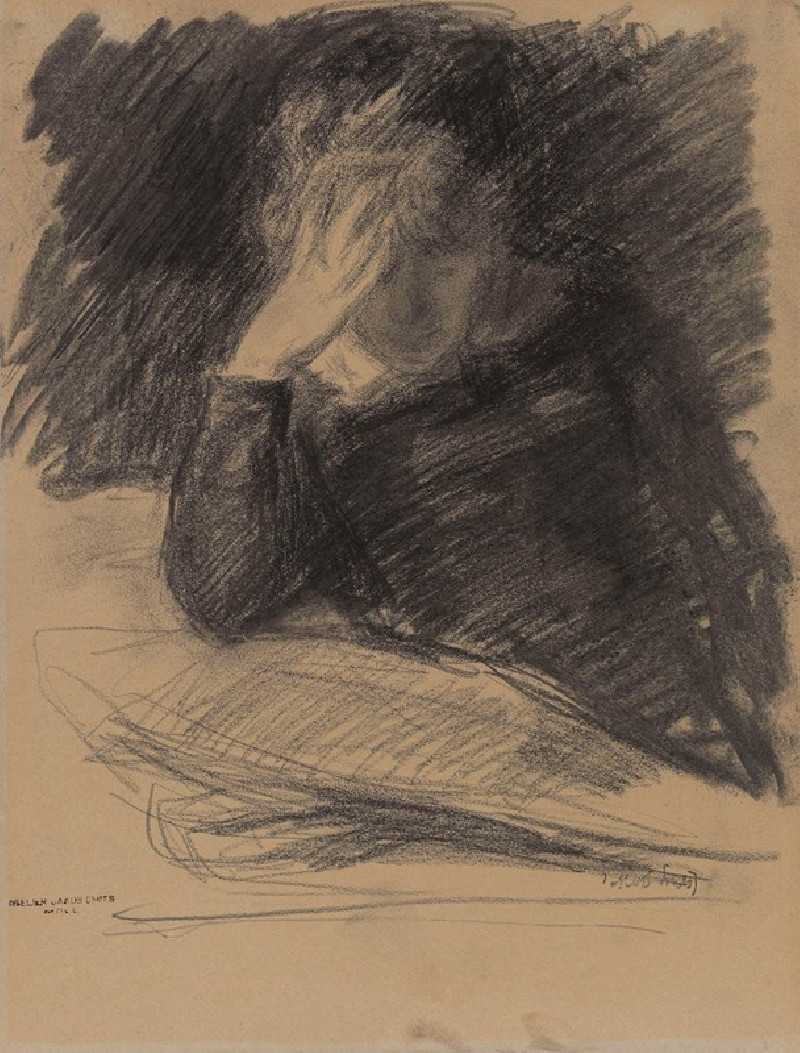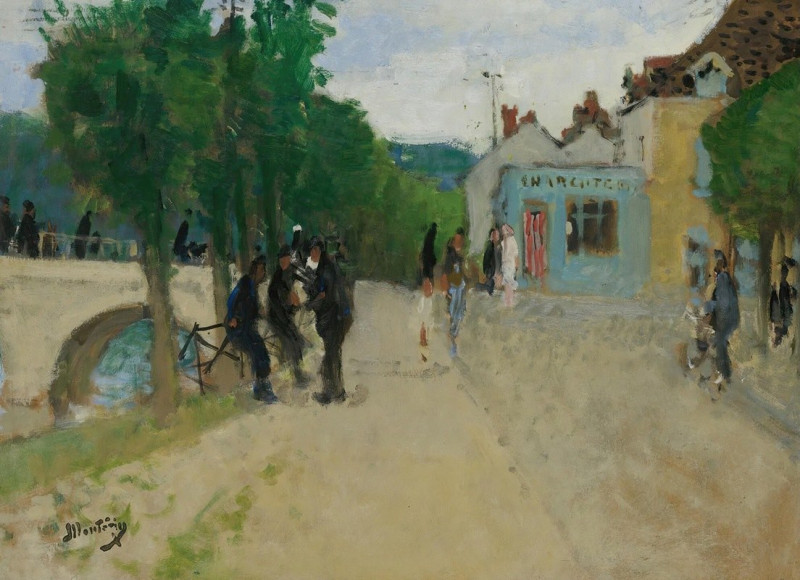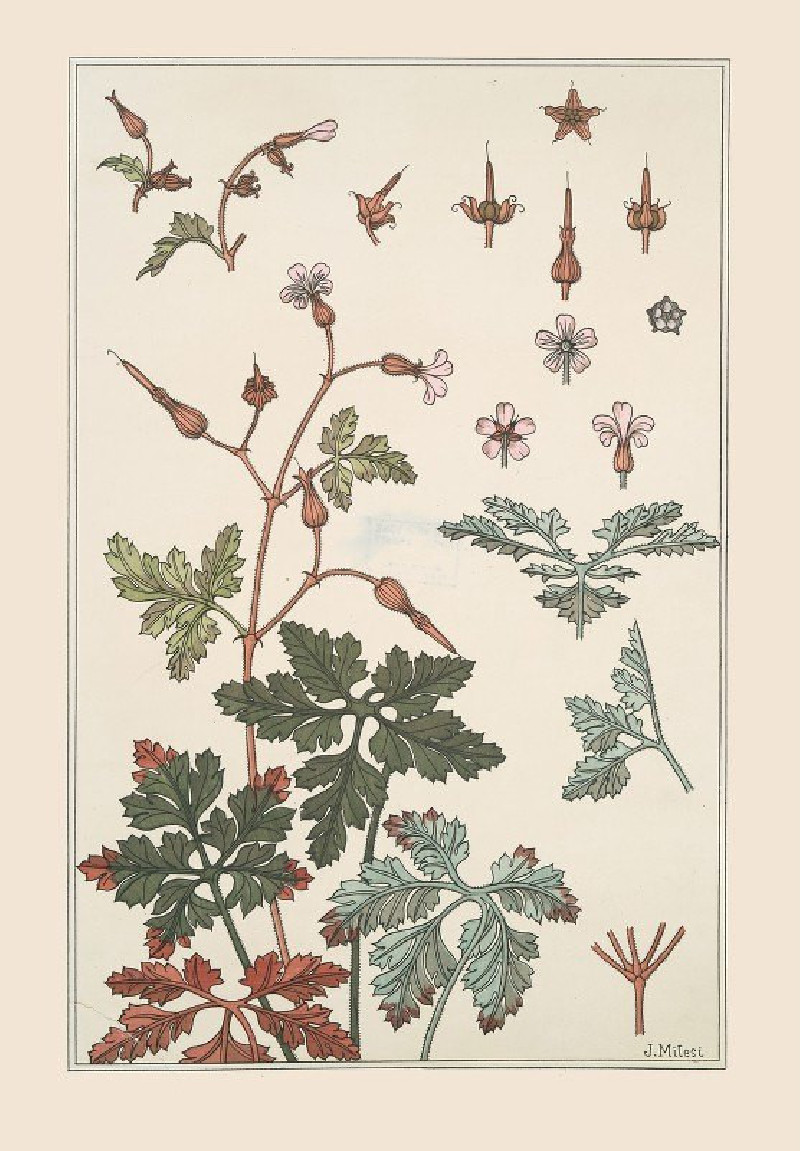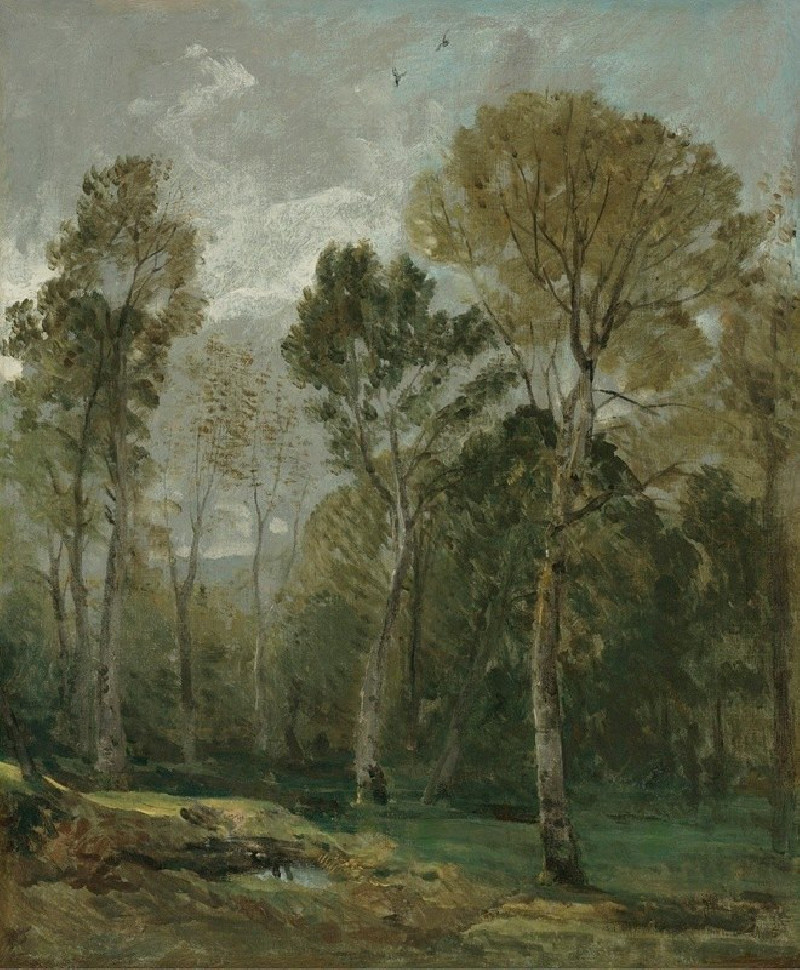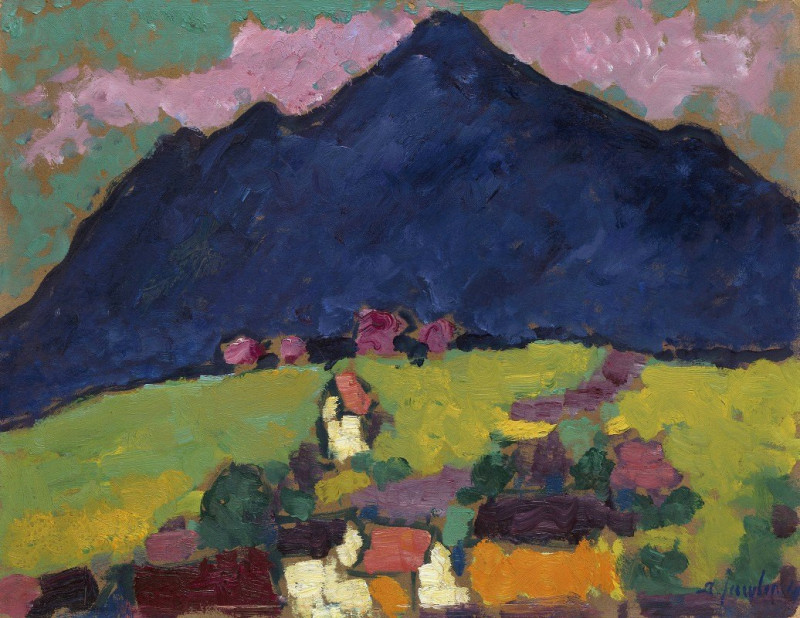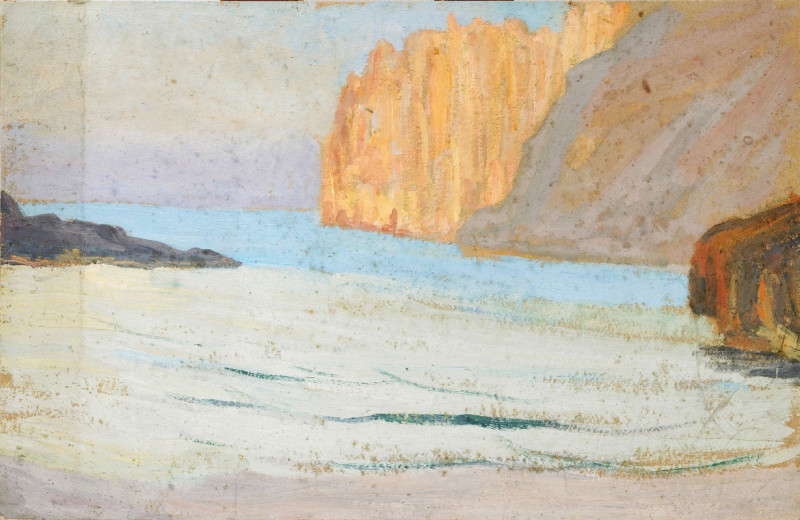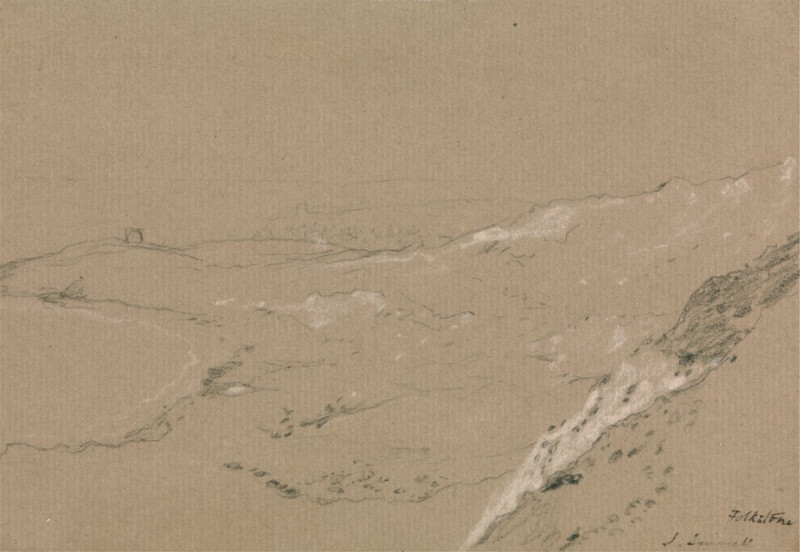Study Of Trees At Bayswater, London (1811)
Technique: Giclée quality print
Recommended by our customers
More about this artwork
"Study Of Trees At Bayswater, London" (1811) by John Linnell offers a serene and delicate glimpse into the English countryside during the early 19th century. Linnell, known for his landscape paintings, captures the natural beauty and tranquility of Bayswater with this artwork. The painting features a variety of trees, depicted with fine detail and a range of colors that create a vibrant yet peaceful woodland scene.The composition includes a dirt pathway that serves as a visual guide, drawing the viewer's eye into the depth of the scene. Flanking the path are tall, lush trees and a series of fenced areas, which add to the rural charm of the depicted environment. You can observe the artist’s skill in using watercolors to capture the interplay of light and shadow on the foliage, as well as his meticulous attention to the textures of the tree barks and leaves.This painting not only showcases Linnell's proficiency in handling watercolors but also reflects a common theme in his work: an appreciation for the unaltered landscape of the English countryside.
Delivery
Returns
John Linnell was an English engraver, and portrait and landscape painter. He was a naturalist and a rival to the artist John Constable. He had a taste for Northern European art of the Renaissance, particularly Albrecht Dürer. He also associated with Edward Thomas Daniell, and with William Blake, to whom he introduced the painter and writer Samuel Palmer and others.

